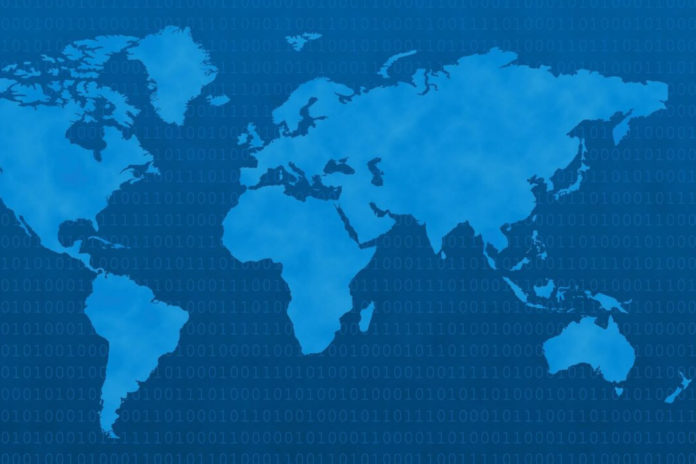The revised ICC/ESOMAR Code establishes how the research ethical principles adapt to the new digital application of research practice. This involves all research analytics that are applied today to data obtained from: social media, web communications, mobile input, wearables, smart watches, in-store tracking and beacons, geo-location, in app measurement, online communities, facial coding and biometrics, virtual reality, digital fingerprinting, etc. All of which can help provide faster and better insights to decision makers. In this way it will help researchers active in this growing area to solve their ethical queries, expanding the scope also to the new Data Analytics professional community entering the research profession via the Information Technology door. As an inclusive initiative, it will show how the research ICC/ESOMAR Code has basic principles that apply to the new players when performing research activities, for an ethically responsible practice of research. Whilst most of this work is technology based, and might appear to be different from the more traditional survey-based work, the collation, analysis and interpretation of existing data are a fundamental part of Data Analytics, falling within the remit of the Code principles that researchers worldwide commit to adhere to, whatever the source of data. The ICC/ESOMAR Code will help ensure that researchers all over the world continue to conduct research ethically, professionally and with respect for the individuals whose personal data is included in research, whilst using the latest methodologies and techniques.Data Analytics: A New Research Reality
The text is also intended to reflect the evolution in privacy legislation. As the profession evolves, then so must the Code. The updated text aligns the application of the myriad of new methodologies and techniques introduced over the past decade with research long-standing ethos and latest regulators input. From the new primary sources (including passive data collection with and without consent) to the secondary data, (i.e.: data collected for another purpose -e.g. social media data- and subsequently used in research), the ICC/ESOMAR Code has been written to align also with OECD Privacy Principles for Data Protection, to comply with the new EU General Data Protection Regulation and to conform with the requirements of Fair Processing in the US. The broader range of data used in research, as well as latest legal developments are now reflected in the Code, with the intention to help include new practitioners and to meet the changing needs of different categories of professional practice.Adapting to New Regulation
The ICC/ESOMAR International Code on Market, Opinion and Social Research and Data Analytics has been drafted by an extensive group of research practitioners, associations and privacy experts. Here are the highlights:Key changes from the current Code
- The fundamental principles do not change e.g. transparency, protect data, behave ethically, do no harm.
- The definition of research includes new forms of data analytics used for research purposes: examining data sets to uncover hidden patterns, correlations, trends and preferences has always been a fundamental part of what researchers do.
- The obligations for primary data collected by researchers are differentiated from secondary data (social media, mobile in app, Internet of Things etc.)
- The articles are re-ordered to clearly highlight responsibilities to data subjects, clients, the general public and the research profession.
As a next step ESOMAR will need to review the application of the Code identifying appropriate Guidelines. The Guidelines revision will be undertaken as a joint collaboration with GRBN. A plan to produce a clearer and more simplified approach is being designed. In the coming months, a revised list of Guidelines, to explain in more detail how to implement the ICC/ESOMAR Code in most research areas and contexts, will be issued. Areas to cover include: duty of care/no harm, personal data treatment for primary data collection including passive data and use of secondary data such as social media, IoT or client databases as ‘big data’.Revision of Guidelines
The Code is International in nature but is applied in the markets by those associations that adopt and endorse it at the national level, where projects are carried out and services and rendered. In that respect it also recognizes specificity at the local markets, where national Codes exist and will prevail.The role of national Associations
In parallel with the new Code, ESOMAR has been working on a project to create an online platform for Code interpretation, solving queries and applying disciplinary procedures consistently throughout the world. The platform is designed to be a knowledge center for the sector an will be available for all national associations that adopt and endorse the Code, as well as for those that abide by a national jurisdiction Code, to work together on a consistent implementation of the principles, to build up collectively the practical evidence of our effective self regulation. The way our sector continues to evolve from ‘traditional’ research to the digitally automated research of the future remains unpredictable. We think the new Code gives account of the changes impacting our sector in the last decade and is fit for the purpose today and in the coming years. For how long will it be relevant is difficult to say; will it be another 10 years time while AI and automation of interaction with individuals may have evolved enough to force a new revision? Will it be 5 years? We will have to be alert to trends and anticipating next changes to verify that the Code continues to be fit for purpose. You can read a final version of the revised ICC/ESOMAR International Code available here, to check out the new Code and the changes that have been made to make it fresher, easier to read and more appealing to the wider community of market, opinion, and social research and data analytics. For further information contact ESOMAR Professional Standards at: professional.standards@esomar.org * It was ratified in referendum by full membership later during the month of October.Project SERENE
 |
 |
|
Debrah Harding |
Enrique Domingo |











 Enrique Domingo
EMB member of GRBN
Chair Professional Standards Committee of ESOMAR
Enrique Domingo
EMB member of GRBN
Chair Professional Standards Committee of ESOMAR